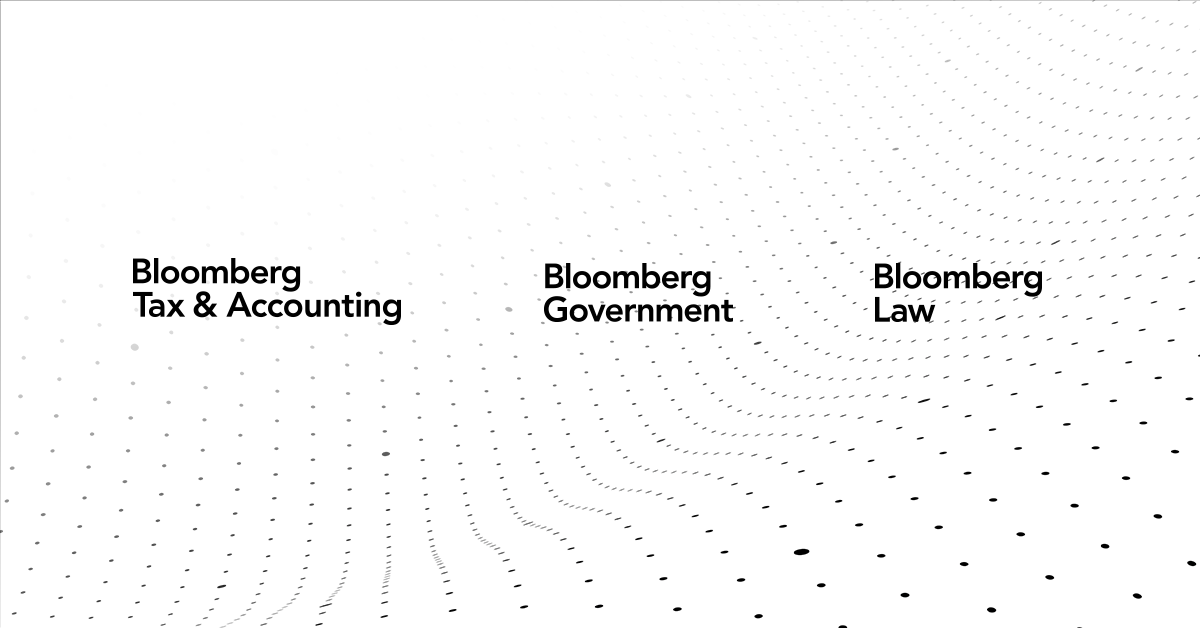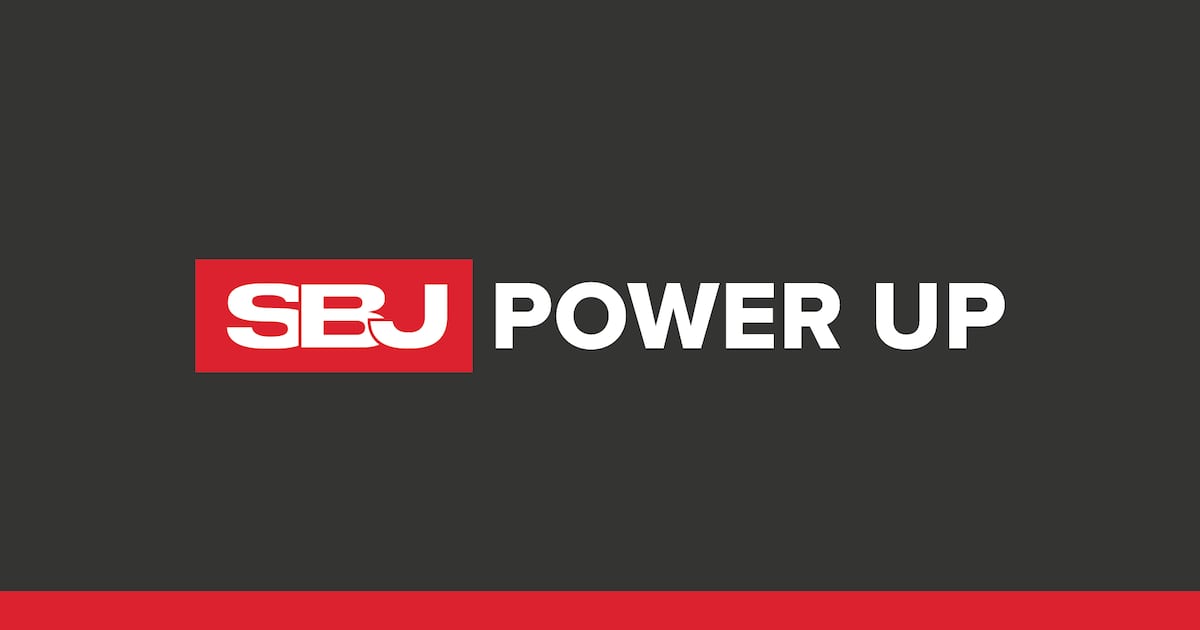Overview of Sports Nutrition Market
The Global Sports Nutrition Market is valued at USD 48.62 Billion in 2024 and is projected to reach a value of USD 108.1 Billion by 2035 at a CAGR (Compound Annual Growth Rate) of 7.55% between 2025 and 2035, the sports nutrition market has witnessed remarkable growth in recent years, driven by a combination of rising health consciousness, increased participation in fitness activities, and the growing popularity of athletic lifestyles. Sports nutrition products ranging from protein powders and energy drinks to recovery supplements and functional foods are no longer confined to elite athletes but are now embraced by a broader demographic including fitness enthusiasts, casual gym-goers, and even the aging population seeking active lifestyles. A shift toward preventive health and performance enhancement, coupled with aggressive marketing and digital influence, continues to propel the market forward. Increasing disposable income, urbanization, and the expansion of e-commerce platforms also play a pivotal role in fueling demand. These underlying factors create a dynamic and competitive environment for brands aiming to meet evolving consumer expectations in the global sports nutrition industry.
Download Research Report Sample & TOC: https://www.vantagemarketresearch.com/sports-nutrition-market-1532/request-sample
Dynamics of the Sports Nutrition Market
The sports nutrition market is undergoing a dynamic transformation, influenced by a convergence of health trends, lifestyle changes, and advancements in product development. One of the most critical drivers is the widespread adoption of fitness regimes and wellness routines among consumers of all age groups. From professional athletes to corporate employees engaging in weekend workouts, the demand for energy boosters, protein-based supplements, and post-exercise recovery formulas is growing steadily. This evolution in consumer behavior has prompted manufacturers to diversify their portfolios with clean-label products, plant-based alternatives, and gender-specific formulations tailored to unique physiological needs.
Another key dynamic is the rapid digitalization of sales channels. With the growth of online fitness communities and health influencers, product discovery and consumer education have shifted to digital platforms. This has empowered consumers to make informed purchasing decisions while allowing brands to establish direct-to-consumer (DTC) relationships through e-commerce. Moreover, collaborations between nutrition companies and fitness centers, along with endorsements from professional athletes and fitness influencers, further boost market penetration and brand credibility.
Regulatory frameworks, especially those governing labeling, ingredients, and health claims, also significantly influence the market landscape. In regions like North America and Europe, compliance with food safety standards and health certifications remains a top priority for brands to establish trust and transparency. Meanwhile, emerging economies are showing a rapid uptrend due to increasing disposable income and awareness about physical health. Altogether, these factors are fostering a highly competitive and fast-paced market environment, where innovation and agility determine long-term success.
Top Trends in the Sports Nutrition Market
Several notable trends are reshaping the sports nutrition market, reflecting the evolving preferences of a health-conscious and digitally savvy consumer base. One of the most prominent trends is the surge in demand for plant-based and vegan sports nutrition products. With the rise of ethical consumption and dietary restrictions, consumers are shifting away from traditional whey proteins toward plant-derived options such as pea, rice, and hemp proteins. These products appeal not only to vegans but also to those seeking allergen-free and easily digestible alternatives.
Another significant trend is the development of personalized nutrition plans, which combine supplements with customized fitness and dietary recommendations. Brands are increasingly utilizing data from wearable devices, DNA testing, and mobile apps to offer tailored solutions that align with individual goals, metabolic needs, and performance metrics. This hyper-personalized approach enhances user engagement and promotes long-term brand loyalty.
The rise of clean-label formulations is also making waves, with consumers gravitating toward products free of artificial flavors, colors, preservatives, and genetically modified organisms (GMOs). Transparency in ingredient sourcing and sustainability are no longer optional—they are expected. Packaging innovation, especially eco-friendly and recyclable materials, is gaining traction alongside this shift.
Additionally, multifunctional products that combine hydration, energy, and muscle recovery benefits into one formula are becoming increasingly popular. This is particularly relevant in the post-pandemic era, where convenience and immune support are highly valued. Finally, digital fitness influencers and virtual workout platforms are significantly shaping consumer buying patterns, bridging the gap between product awareness and conversion.
List of Leading Players in Sports Nutrition Market
- Iovate Health Sciences
- Abbott
- Quest Nutrition
- PepsiCo
- Cliff Bar
- The Coca-Cola Company
- MusclePharm
- The Bountiful Company
- Post Holdings
- BA Sports Nutrition
- Cardiff Sports Nutrition
Top Report Findings
- The global sports nutrition market is projected to surpass USD 108.1 billion by 2035, growing at a CAGR of 7.55%.
- Protein powders dominate the product segment, accounting for over 40% of the market share.
- Plant-based and vegan products are witnessing the highest growth rate in the supplement category.
- North America holds the largest regional share due to a high concentration of fitness-conscious consumers and professional sports infrastructure.
- Online retail channels are growing faster than offline, with more than 60% of purchases influenced by digital reviews and influencers.
- Post-workout recovery supplements are emerging as a lucrative niche segment, especially among aging consumers.
- Sports nutrition brands are increasingly focusing on sustainability, including eco-friendly packaging and ethical ingredient sourcing.
- Strategic partnerships with gyms, fitness influencers, and sports organizations are becoming essential for market penetration and customer engagement.
Market Segmentation
The Sports Nutrition Market can be segmented based on,
By Product Type
- Sports Supplements
- Sports Drinks
- Sports Foods
- Meal Replacement Products
- Weight Loss Products
By Application
- Pre-Workout
- Post-Workout
- Weight Loss
- Others
By Formulation
- Tablets
- Capsules
- Powder
- Soft Gels
- Liquid
- Gummies
By Consumer Group
By Consumer Group by Activity
By Region
- North America
- Europe
- Asia Pacific
- Latin America
- Middle East & Africa
Challenges in the Sports Nutrition Market
Despite strong growth indicators, the sports nutrition market faces a range of challenges that can hinder its long-term sustainability. One of the key issues is regulatory inconsistency across regions. Differences in labeling requirements, permissible ingredients, and marketing claims can complicate international expansion for brands. Navigating these frameworks while maintaining product consistency is both time-consuming and costly.
Consumer skepticism regarding exaggerated claims and the presence of banned or unverified substances in some products also affects brand credibility. This concern is particularly acute in competitive sports where anti-doping regulations are stringent. Additionally, counterfeit products and adulterated supplements entering the market through unregulated online channels pose serious health risks and damage consumer trust.
Price sensitivity among certain demographics, particularly in emerging economies, can limit market penetration. While premium products may dominate headlines, affordability remains a crucial factor for mass adoption. The reliance on specific raw materials such as whey or collagen, which are subject to supply chain disruptions, also creates vulnerability in product availability and pricing. All these factors present hurdles that industry players must navigate carefully to ensure sustainable growth.
Opportunities in the Sports Nutrition Market
Amid the challenges, the sports nutrition market presents a wealth of opportunities, particularly in terms of innovation and market diversification. One of the most promising areas is the expansion into non-traditional consumer segments. Women, older adults, and adolescents are increasingly seeking performance-enhancing or wellness-oriented supplements, creating scope for specialized products that cater to their specific nutritional needs.
Another key opportunity lies in the synergy between technology and nutrition. The integration of AI and data analytics into health monitoring apps enables brands to deliver highly personalized nutrition plans, fostering deeper engagement and improved health outcomes. Subscription-based models that combine products with fitness coaching and meal planning are gaining traction, offering a holistic approach to health.
Geographical expansion into untapped markets such as Southeast Asia, Latin America, and the Middle East presents vast growth potential. As disposable incomes rise and awareness about fitness increases, these regions are expected to become hotspots for sports nutrition product consumption. Lastly, sustainability-driven innovations ranging from plant-based packaging to upcycled ingredients—offer brands a competitive edge while aligning with global environmental goals.
Soaring Demand for Market Information: Uncover Detailed Trends and Insights in Our Report! https://www.vantagemarketresearch.com/industry-report/sports-nutrition-market-1532
Key Questions Answered in the Sports Nutrition Market Report
- What is the current market size of the global sports nutrition industry?
- Which product segments are leading the sports nutrition market growth?
- How are plant-based and clean-label products influencing consumer buying behavior?
- What role does digital marketing and influencer endorsement play in the market?
- Which regulatory challenges do manufacturers face across different regions?
- How are technological innovations shaping personalized sports nutrition offerings?
- Who are the key players in the market and what strategies are they adopting?
- What is the growth potential of the sports nutrition market in North America?
Regional Analysis: North America
North America stands as the most mature and dominant region in the sports nutrition market, accounting for the largest share of global revenue. The U.S., in particular, serves as the epicenter of innovation, consumption, and marketing for sports nutrition products. This leadership position is fueled by a well-established fitness culture, extensive presence of health clubs, and a growing population that values preventive healthcare and performance enhancement.
Consumer awareness in North America is exceptionally high, thanks in part to widespread access to information, healthcare professionals, and fitness influencers who drive nutritional education and trends. The region’s regulatory framework, led by organizations such as the FDA, ensures high product quality and safety standards, thereby increasing consumer trust in supplements and performance foods.
E-commerce plays a vital role in this regional market, with many consumers preferring to purchase sports nutrition products through online platforms offering reviews, discounts, and subscription options. The popularity of endurance sports, CrossFit, HIIT, and professional bodybuilding has also created a consistent demand for products that support energy, stamina, muscle growth, and recovery.
Moreover, major players like Abbott, Glanbia, and PepsiCo-owned Gatorade continue to innovate and expand their offerings to suit the evolving needs of the market. From sports drinks with added electrolytes and immune support to gender-specific protein blends, the product ecosystem is vast and diverse. With an increasingly health-oriented population and continued product evolution, North America is set to maintain its leadership position in the global sports nutrition market in the years ahead.
































































